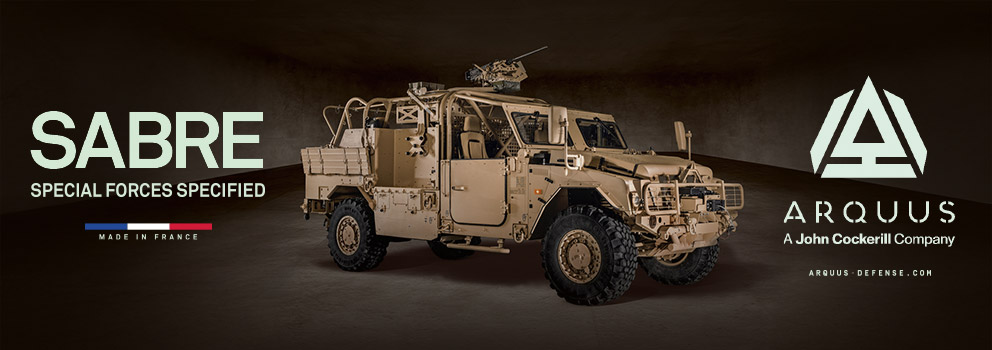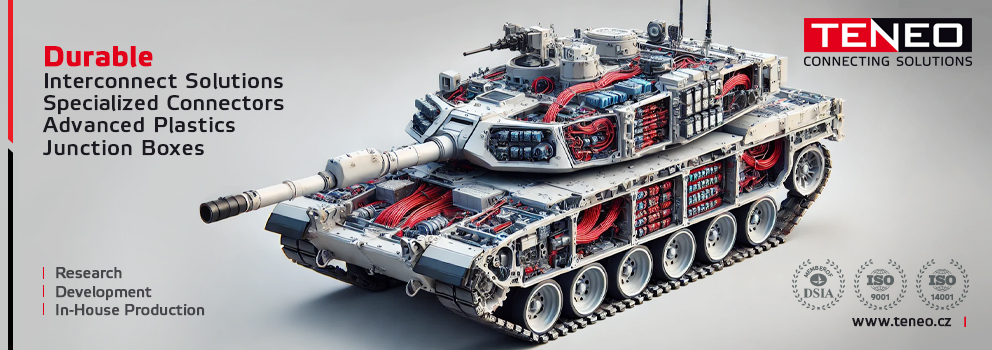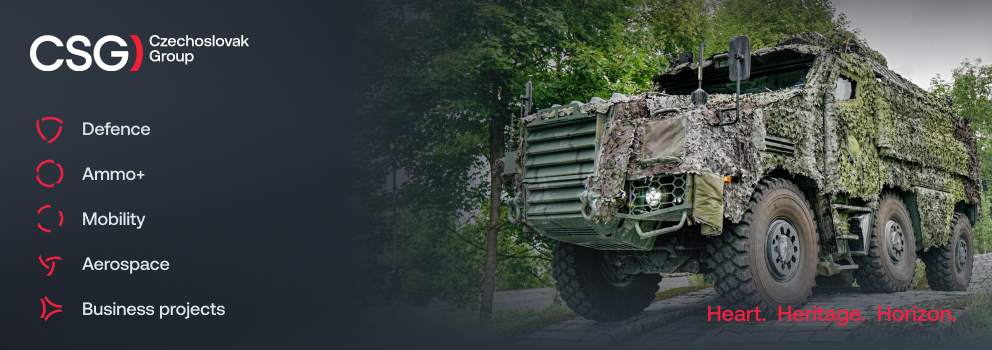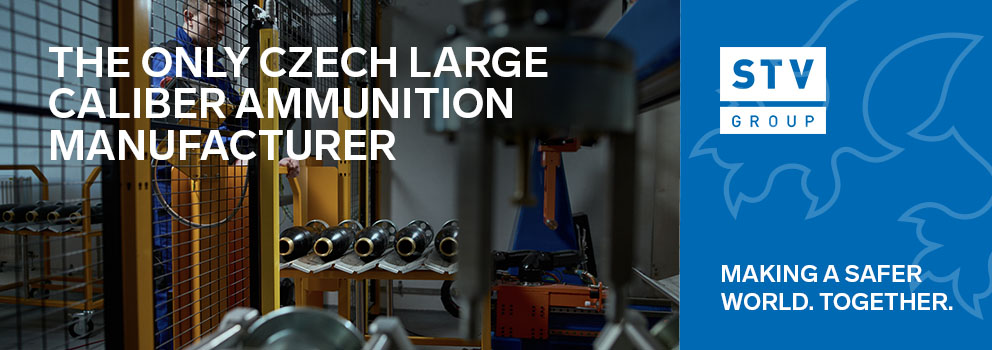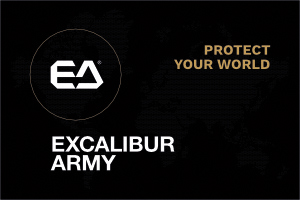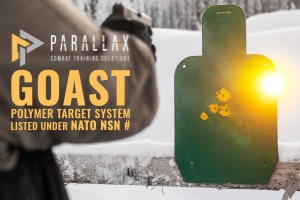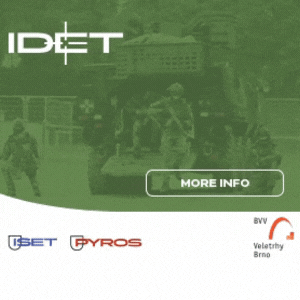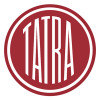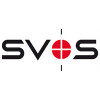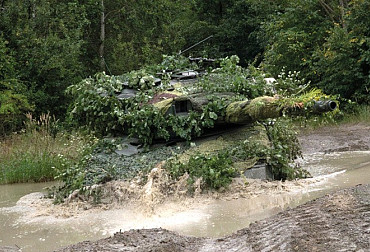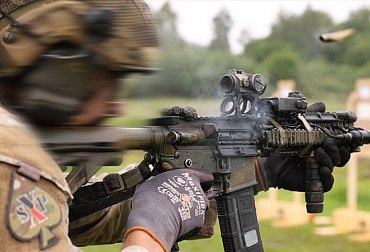Professionals and reservists regularly enhance their cooperation with the Finnish army
The members of the 72nd Mechanized Battalion, where I serve as a soldier in the Active Reserve, have been training in the freezing Nordic conditions for many years. The battalion has been cooperating with the Finnish Army in the course of combat in very cold Nordic conditions under the name "Arctic Blade" for over 8 years. During this time, dozens of Active Reserve members of the battalion and in recent years also professional members of the unit have participated in the course, as the long-standing cooperation allows for a larger number of course participants from our side.
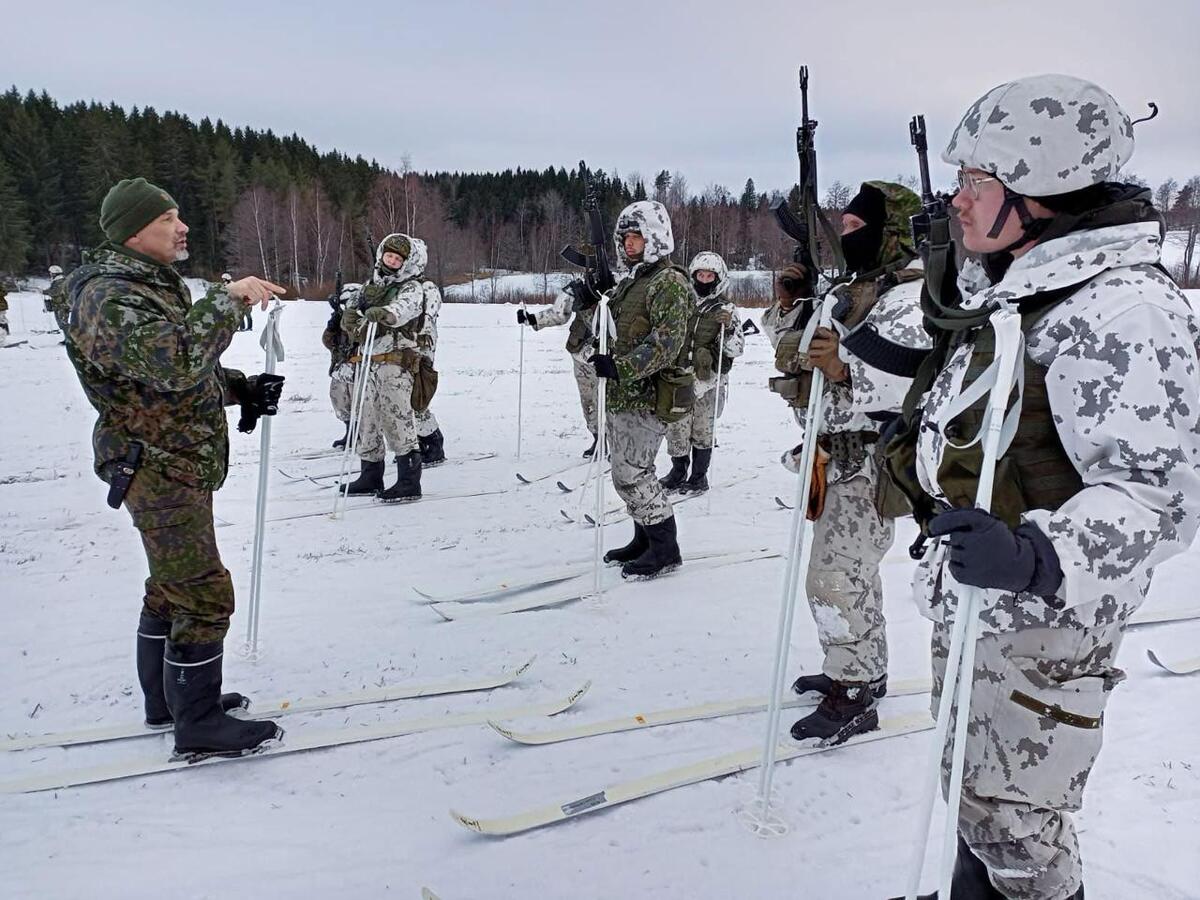
The course itself focuses on basic combat and survival skills in winter conditions. It also teaches participants how to turn the challenges and dangers of extreme cold to their advantage. Temperatures vary widely throughout the course, ranging from a maximum of 4°C to a minimum of -32°C. As is common in the Finnish Army, the course is run by a small number of professional soldiers, while the majority of instruction and logistical support is provided by Finnish reservists. Soldiers are divided into two groups: regular course participants and a liaison officer (LNO) group. In addition to completing the standard training, LNO members gain insight into how the Finnish public contributes to national defense, as well as the structure and training system of Finnish military units.
In Finland, a significant portion of the civilian population is involved in national defense in various ways. For example, companies maintain stockpiles of essential products for the army or keep records of employees suited for specialized military roles. Additionally, building regulations require the inclusion of air-raid shelters designed to accommodate a certain number of people. During the course, participants train in military skiing as a team, including the transportation of supplies on sledges. They also learn how to maintain their gear and weapons in freezing temperatures. Other key exercises include cold-water survival training (practicing responses to falling into an ice-covered lake while in full gear), emergency fire-making, shooting while skiing, and fortifying defensive positions using snow and ice.
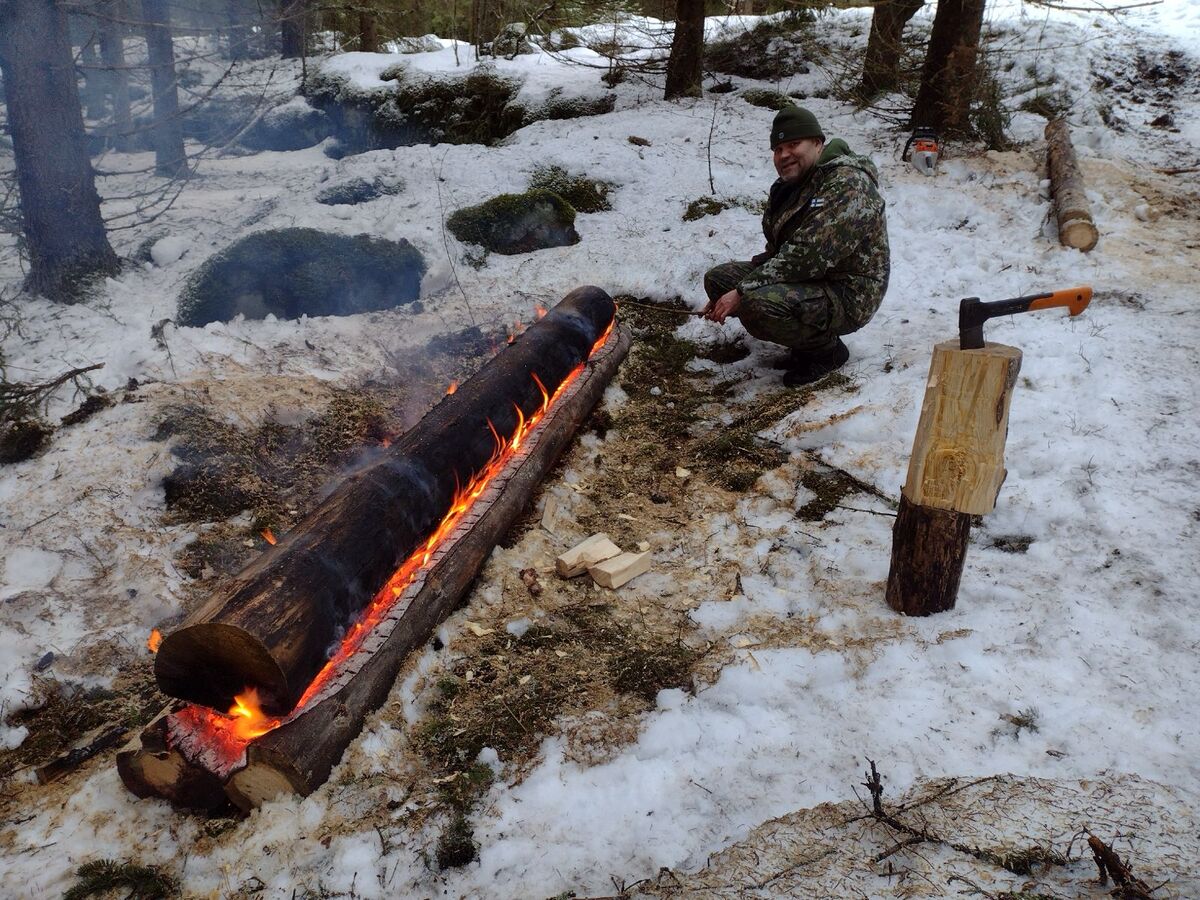
Since Finland joined NATO, this training and especially international cooperation have become more important. In addition to the content of the course itself, our soldiers also learn how to cooperate in multinational teams, which requires the ability to communicate and command in English. The actual cooperation in multinational teams and platoons is also a challenge and a valuable experience for everyone. This year alone, 7 nations participated. Specifically, Czechs, Germans, Estonians, Danes, Americans, Swiss and of course Finns. This time 9 professional soldiers and 9 soldiers from the Active Reserve of our battalion participated in the training.
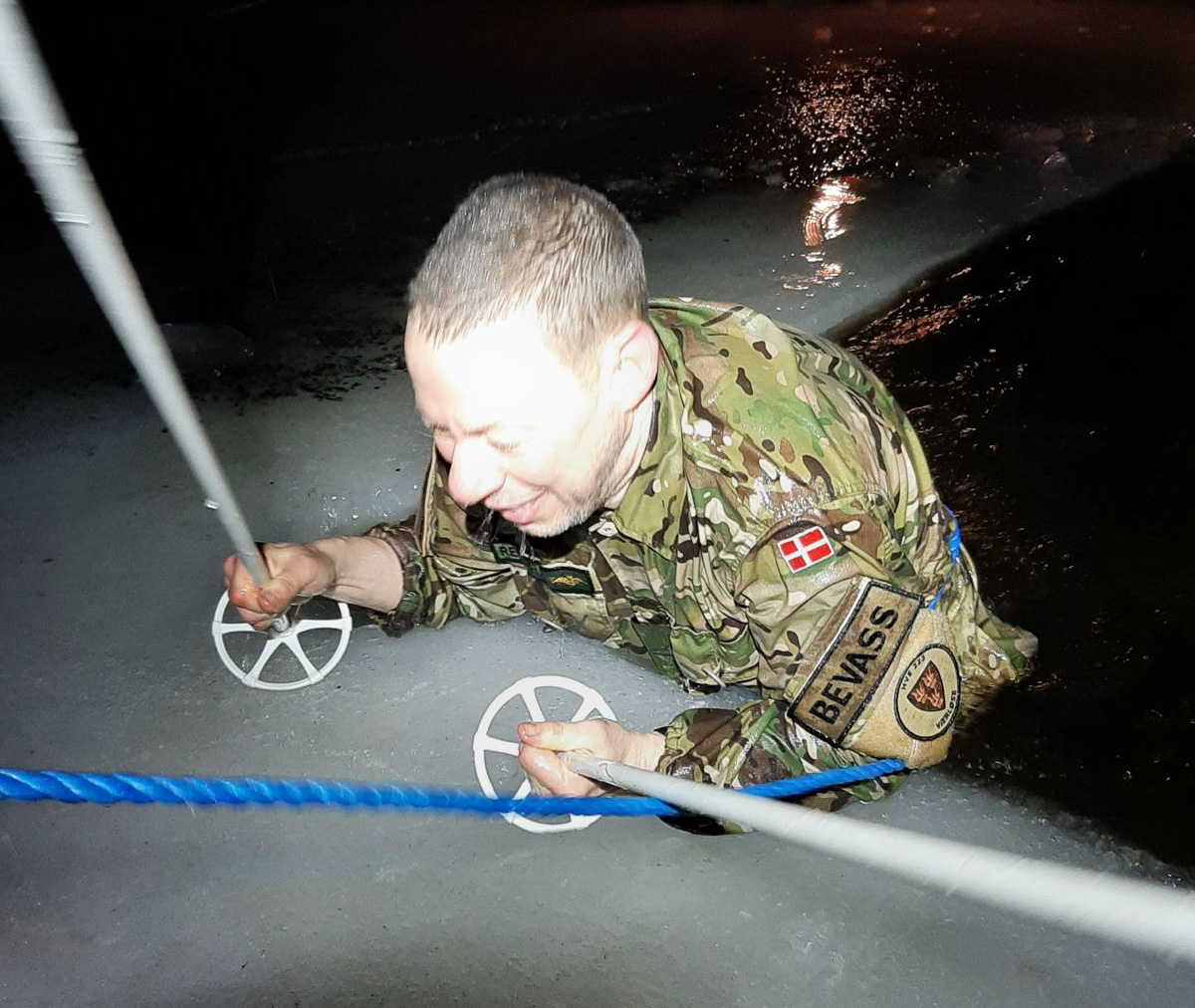
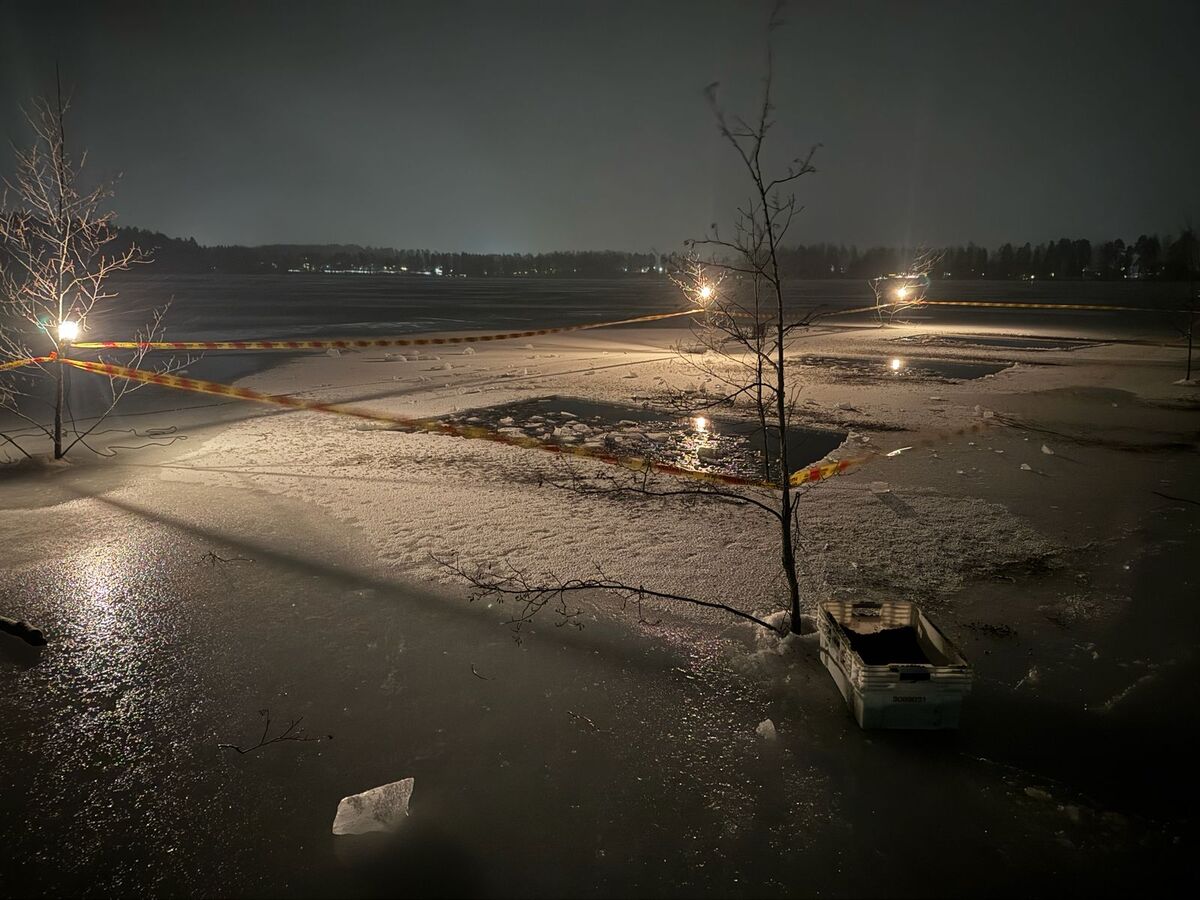
For fresh graduates, we asked two members of the course and a liaison officer from the LNO group what this year's Arctic Blade was like:
cf. T. H. - reconnaissance platoon - LNO group
What is your overall perception of the Arctic Blade course and the cooperation between the Finnish and Czech armies?
As a liaison officer for Arctic Blade, I see it as an exemplary demonstration of the organisation of the whole training, the approach to it and the effort to pass on to the trainees their own know-how, which Finland indeed has, especially thanks to its history and position on the map. The cooperation between our forces has been excellent. As a professional soldier, not part of the Active Reserve, I found it particularly interesting to observe the collaboration between our reservists and their Finnish counterparts. Notably, it is the Finnish reservists who organize the entire training, while our reservists have been participating for several years now.
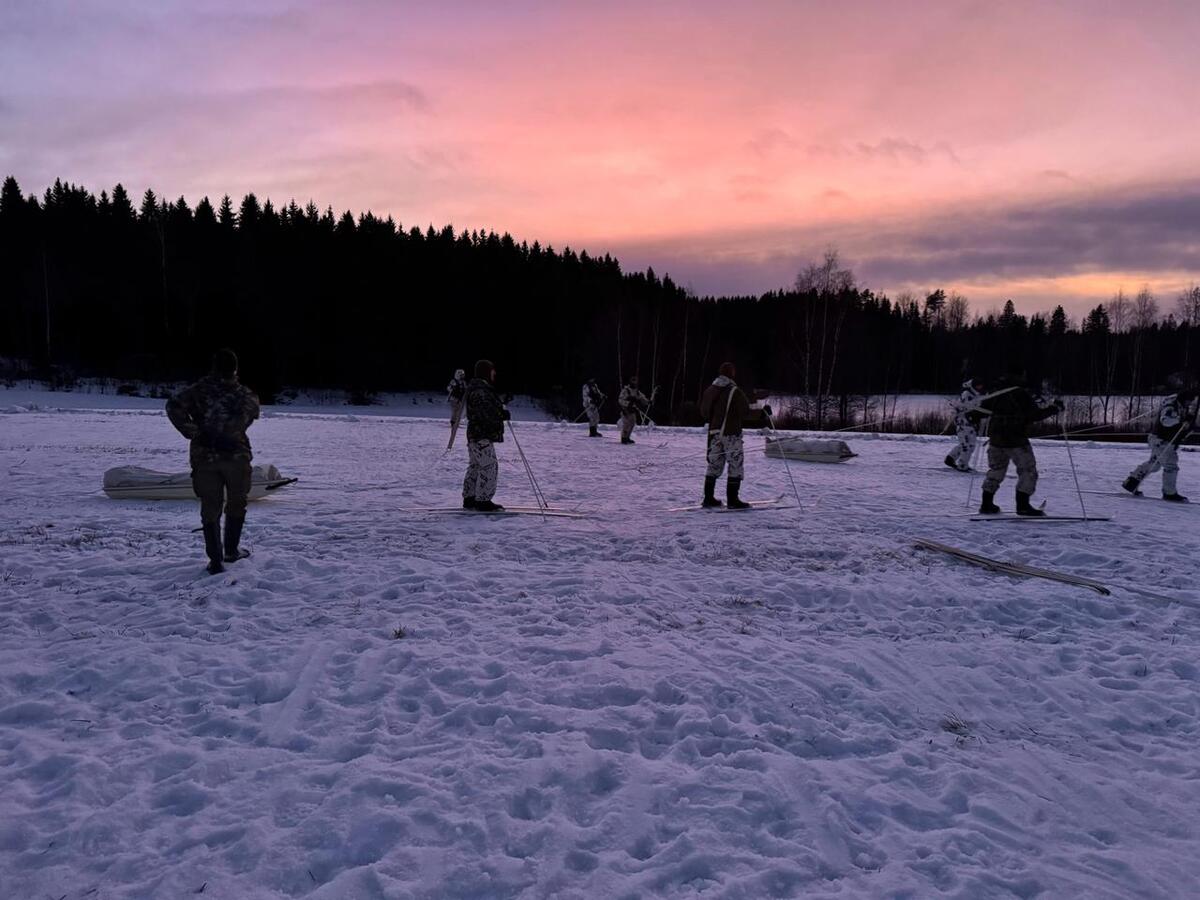
What specifically surprised you about the course?
Definitely the mentality of the Finnish reservists. The exercise involved over 250 participants from different language backgrounds, yet there were no logistical or organizational issues. The Finns are an exceptionally disciplined and responsible nation, and their approach left no room for failure.
What surprised me the most, however, was the fact that Finnish army reservists are not financially compensated for their participation. They take national defense very seriously, willingly sacrificing their free time to train for the worst-case scenario. As a liaison officer, I observed various training sessions where the Finnish motto "Defense is everyone’s responsibility" was often mentioned. In Finland, this is not just a slogan—it’s a reality.
How do the nations you have been on the course with differ in their approach to defence?
The primary difference lies in how each nation views national defense as a collective duty. Most countries present at the exercise rely on conscription-based armed forces—meaning that professional soldiers primarily train conscripts, maintain a minimal active force for immediate operations, and periodically retrain reservists after their compulsory service. Finland, in contrast, integrates a much larger portion of its population into national defense. Companies stockpile essential resources for the military, track employees suited for specialized roles, and incorporate air-raid shelters into building designs as standard practice.
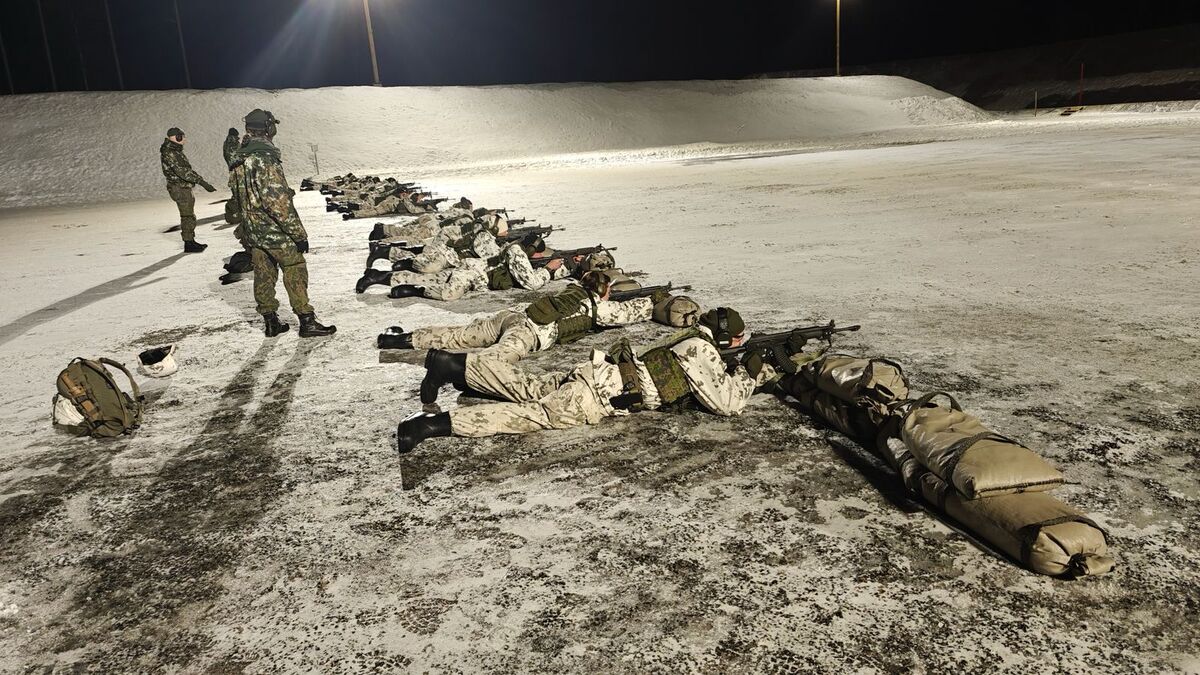
Did you learn something useful?
Being part of the liaison officer team, I gained firsthand insight into how Finland strategically plans its defense, integrates civilian sectors into security projects, and ensures preparedness even in peacetime. On a more practical level, I also participated in standard training exercises—jumping into freezing water, skiing at night, and sleeping outdoors in sub-zero temperatures were all invaluable experiences.
How did you find working together in such a diverse international environment?
Great. If I talk about the team of liaison officers, there was absolutely no problem and everyone wanted to bring their own experience to the table and pass it on to the next person.
If I mention here the classical part of the exercise programme, it is necessary to highlight that despite the language barrier, which could occur in some isolated cases, everyone was able to cope and manage the tasks assigned to them together. The local environment also did a lot, the frost, the wind, the snow, these are all aspects that make you work together, despite the language barrier.
What was the biggest challenge for you during the course?
Falling into icy water and the first experience of being part of an LNO team in such an exercise.
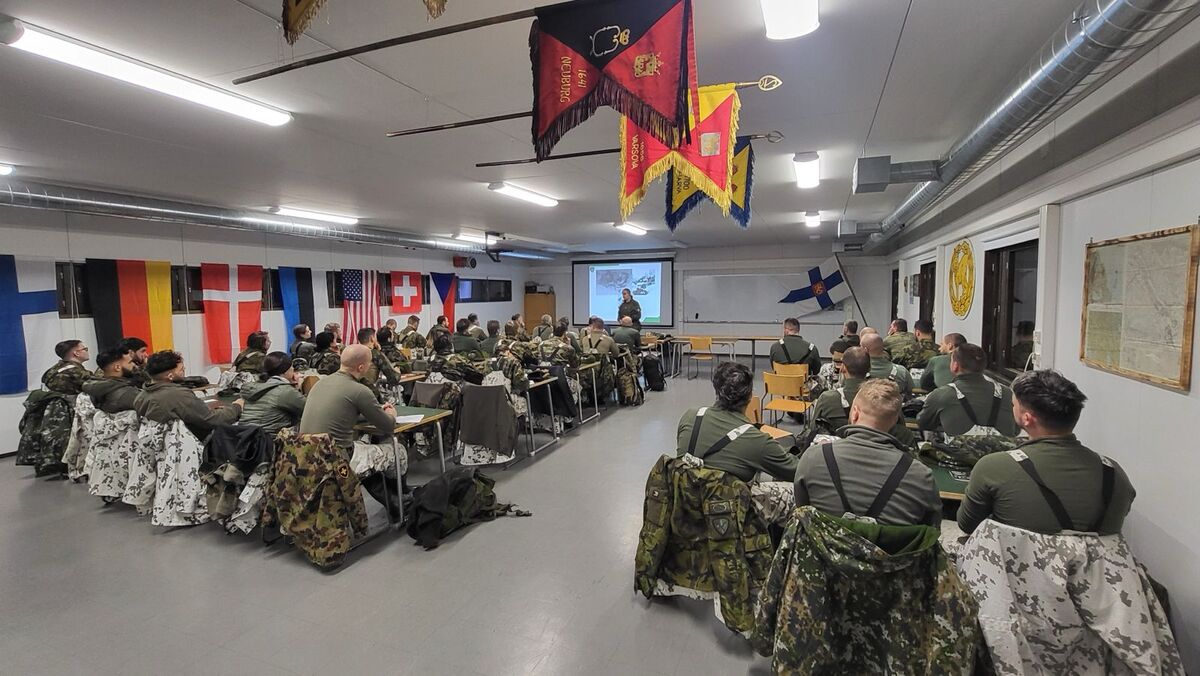
How would you evaluate your participation in the course in several positive and negative points?
My participation in the course as a liaison officer cannot be assessed well enough. That is for others to judge. On a positive note, I appreciate my efforts to be an equal partner in debates that are not my everyday topic. Also, my proactivity in being able to be out with other soldiers in practical training that was not mandatory for our group. On the negative side, I will always evaluate my language skills, which need to be improved over and over again.
How did you find working together as a professional soldier and reservist together?
Very well. In the case of this exercise, in my opinion, you can't find so many differences within the expertise or skills of the soldiers, as everything is new to everyone. The only difference may be in the attitude and morale of the individuals, but that is a matter of the personality of the person, not whether you are a reservist or a professional. As the liaison officer of the 72nd Mechanised Battalion for this exercise, I can say that our soldiers represented the battalion and the Czech Republic very well and left a lot of their efforts behind. Well done.
Lieutenant Jiří N. – Mechanized platoon commander (professional soldier)
What is your overall perception of the Arctic Blade course and the cooperation between the Finnish and Czech militaries?
The cooperation was excellent—everything was well-organized, and I did not notice any significant shortcomings.
What specifically surprised you about the course?
I was particularly impressed by the dedication of the Finnish Active Reserves and the fact that they pay out of their own pockets to participate in these voluntary exercises. Regarding the training itself, I was surprised by how simple yet effective the techniques used were, as well as how quickly they managed to teach fundamental skills essential for combat operations in Nordic conditions.
How do the nations you have been on the course with differ in their approach to defence?
Each nation has a unique structure. Some maintain fully professional armies, while others rely heavily on Active Reserves. I was particularly struck by how the Finnish and Swiss armies handle national defense. They maintain large reservist forces and strategically stockpile resources with private companies. They also preserve infrastructure, such as bunkers, for potential wartime use.
Did you learn something useful?
The basic aspect - there is power in simplicity. Then there's how to function in the cold, Nordic conditions. How the cold can change the battlefield, what one has to think about when conducting combat operations in climates of -20°C and below. And this is both in a positive and negative sense.
How did you find working together in such a diverse international environment?
In my opinion, cooperation in an international environment is always a great benefit for all involved. Whether it's improving a foreign language or the fact that everyone has different experiences from diverse backgrounds that people can share with each other. Equally, everyone is at a different level of knowledge and experience, so you need to learn to work with both the experienced and the less experienced.
What was the biggest challenge for you during the course?
Working with participants who had limited English proficiency or less experience, requiring additional supervision and guidance.
How would you evaluate your participation in the course in several positive and negative points?
Positives:
- international cooperation
- gaining new skills and knowledge from the Nordic forces
- the opportunity to trainning in a foreign environment
- friendly atmosphere
- use of simple yet effective equipment
Negatives:
- time management could have been better, particularly among Finnish platoon commanders
How did you find working together as a professional soldier and reservist together?
The cooperation was at a very good level. There were no major differences between being a professional or active reserve. Everyone had some knowledge or experience that they were able to bring to the group. A calm and friendly atmosphere always prevailed. And since there was no major training or assignment involved, there was no need for everyone to be at the same or higher level.
Master Sergeant Martin R. – Active reserve mechanized company (soldier in active reserve)
What is your overall perception of the Arctic Blade course and the cooperation between the Finnish and Czech militaries?
The cooperation between the two sides has been effective. The willingness of the Finnish side to share their experience was really great and very useful for us. Overall, I perceive this course as beneficial and I believe it has pushed me further.
What specifically surprised you about the course?
On the course I was surprised by the temperatures just above zero, later just below. Unfortunately we caught a week of unseasonably warm weather, but by the time we left the temperatures were dropping rapidly again. So getting wet in the winter in Finland was quite unexpected.
How do the nations you have been on the course with differ in their approach to defence?
I was impressed by how the Finns treat national defence as a collective issue in which everyone should be involved in at least some way. I was also impressed by their selfless efforts to improve themselves as individuals through voluntary exercises.
What did you learn and teach that was beneficial?
There was a lot during the course, from changing the battlefield in severe cold and the effect of freezing temperatures on soldiers and equipment to moving around on skis. Working in an international team was also a great experience.
How did you find working together in such a diverse international environment?
At the beginning it was challenging, I had a hard time remembering Czech names with new people, let alone the more complicated Finnish names. However, I have learned to work around this problem. Working in an international team was definitely beneficial, both because of overcoming the language barrier and the opportunity to talk to colleagues about the functioning of active reserves in their country.
What was the biggest challenge for you during the course?
The biggest challenge was definitely jumping into the icy water, which in the end wasn't too bad. Worse was the subsequent running in wet clothes, wringing them out and running again.
How would you evaluate your participation?
Positives:
- working in an international team, new skills and knowledge
Negatives:
- the weather wasn’t as cold as expected
How did you find working together as a professional soldier and reservist together?
Every opportunity to train alongside professional soldiers is an invaluable chance to learn. Over the course, we formed a strong team and worked together effectively.
